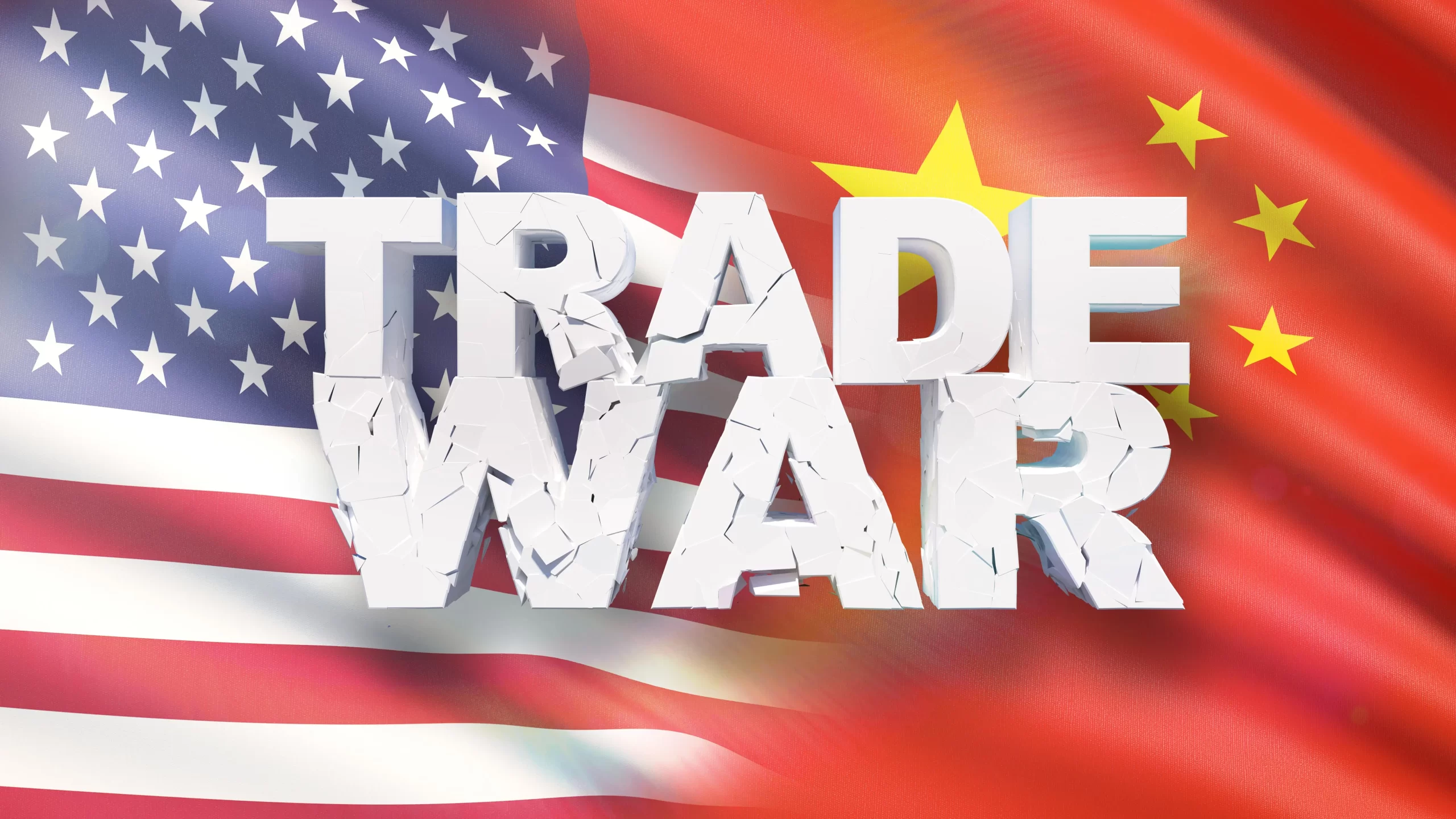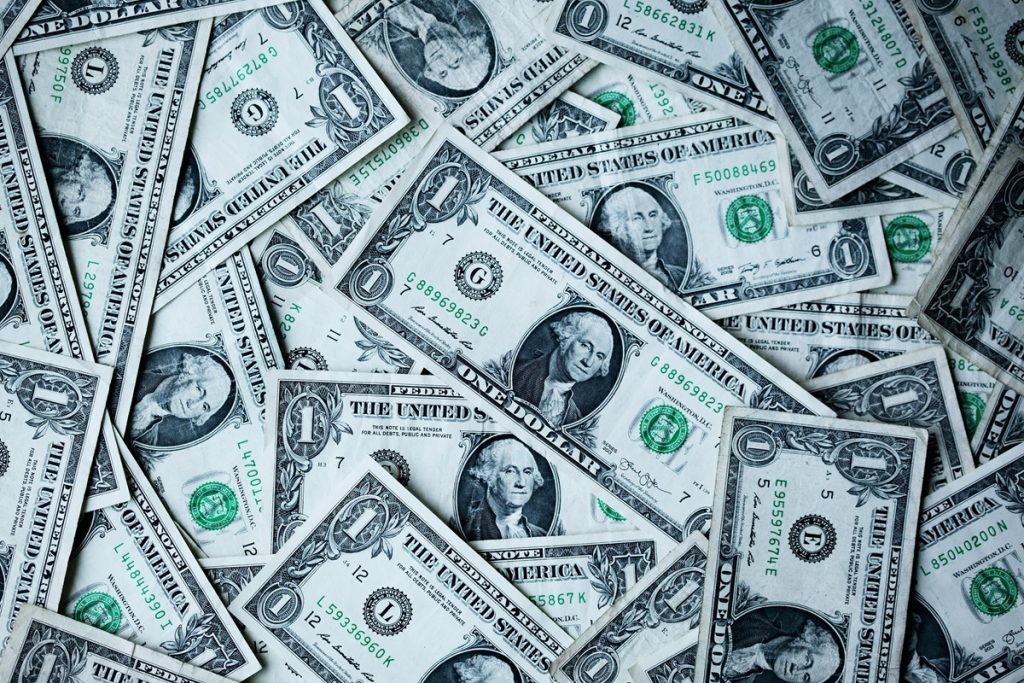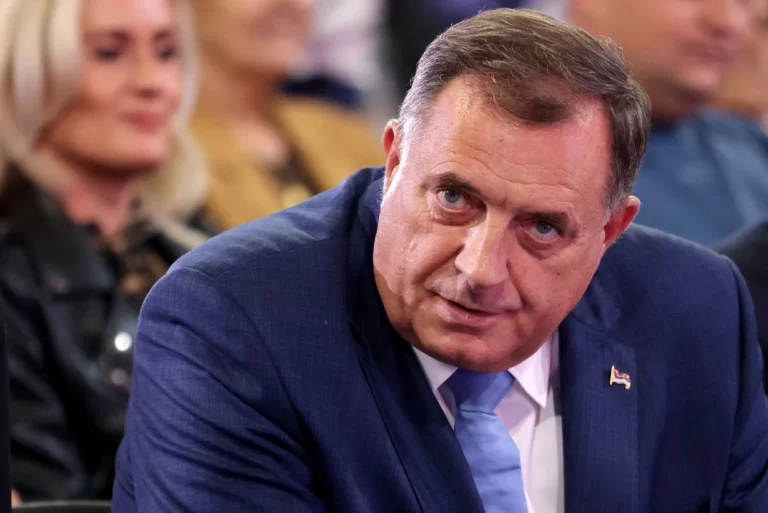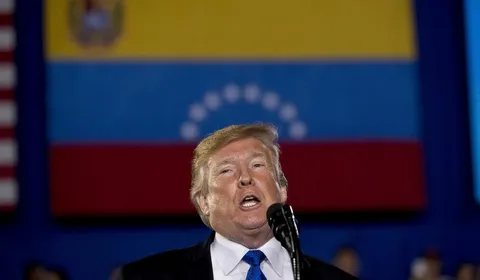
Trump’s trade wars turn out not to be ‘populist threats’
Many liberals honestly thought Donald Trump’s statements to start trade wars were populist. But these were not empty threats and the standoff officially began on February 1. Washington has struck Canada and Mexico, with war with China and the EU ahead. What measures Trump took and what it led to, read in our article.
Washington attacked Canada and Mexico
The first tariffs of 25% affected imports to the US from Canada and Mexico. An exception was made only for shipments of 3.8 million barrels of Canadian crude oil per day, and the tariffs on which were lower and imposed after February 18. In total, the tariffs will affect $844 billion worth of imports, and many industries from the food market to the automotive industry will be hit at once. For example, half of all fresh fruits and vegetables in the US come from Mexico, and a quarter of lumber from Canada. Their price hikes will seriously upset many American consumers, and an inflationary shock will be assured. Trump’s team hopes thus to quickly renegotiate with Mexico and Canada from a position of strength and not only on trade, but also on the topics of migration and drug trafficking. Moreover, after that Colombia and Venezuela agreed to take some of their illegals home. Trump will surely demand that Mexico host migrant camps and help fight the cartels.

Before the tariffs were imposed, it was reported that cartel profits had increased by 2,600% during Joe Biden’s presidency, and that was just the effect of human trafficking. Billions more dollars were earned from the supply of opioids, which kill 100,000 Americans each year. Against this backdrop, newly minted US Secretary of Defense Pete Hegseth has once again talked about missile strikes on northern Mexico, where the cartels’ infrastructure and drug labs are located. In the meantime, Trump is trying to scare everyone and implement his “madman strategy” because he understands the time constraints and is trying to solve all the current crises in a quick spurt. But whether the liberal authorities in Canada and the leftist authorities in Mexico will allow him to do so is a big question.
Still, in anticipation of Trump’s trade war, Americans have started buying up goods in advance. About 40% of the US population is preparing for a price hike soon. In addition, everyone realized that in the future the European Union would also be hit, and this would be an even bigger challenge. About a third of Americans are busy making emergency purchases of essential goods, including medicines, long-life products and even toilet paper. Many are stocking up on electronics and clothing, as soaring inflation could affect virtually every area. For example, it will greatly affect the price of products shipped to the US from Mexico, and disruptions in logistics chains will lead to problems in the auto industry and higher car prices. And that’s not to mention retaliatory measures by Canada and Mexico, which are imposing their own tariffs on products from Republican states like alcohol, agricultural goods and appliances.
A prolonged trade war would result in $200 billion in losses for the US and the loss of tens of thousands of jobs in industries focused on ties to Canada and Mexico. But for the two neighboring countries of the US, the tariff confrontation may result in a severe recession with the collapse of the Canadian dollar and Mexican peso. But it could go very easily, if effective negotiations on trade, migration and drug trafficking begin immediately after the tariffs are imposed and quickly reach a result. If this does not happen, the disintegration of the North American free trade space created 30 years ago will take place in the coming months.
Response to trade wars
The tariff pressure on Canada has already had some results. Half of Canadian businessmen are going to move to the US to avoid the effect of duties. In addition, the situation in the Canadian economy is difficult, but will continue to deteriorate at a doubled speed amid the trade war. Also in Canada a campaign of buying local goods as opposed to everything American has begun, but there everything can be solved by the election of conservative and “Trumpist” Pierre Poilievre, who will be a reliable partner for the American administration compared to Justin Trudeau and his liberals.

Meanwhile, Mexico announced its retaliatory tariffs of 5-20% on imports of pork, cheese, steel and aluminum from the US. And importantly, Mexico has a large trade surplus with the US to the tune of $150 billion. So negotiations will be difficult.
China is also preparing for big negotiations with the United States. Beijing proposes to extend the 2020 agreement with Trump, under which China agreed to buy $200 billion worth of goods and services from the US. But to do so, the Chinese will demand the lifting of all sanctions and export restrictions on the same chips imposed during the Biden era. On the Chinese track, negotiations may drag on, because limiting technology imports for Beijing is the basis of Trump’s new policy.
With China, Trump’s team is still trying to solve everything peacefully, and even the topic of Taiwan has been defiantly put on the back burner. But the Europeans are already panicking, because they are next in line and, given the existing huge trade surplus with the US, they have every chance to receive a powerful tariff blow. But there is also a long confrontation with the EU.
After all, even Panama has not been a quick success, although the country has agreed to reconsider its membership in China’s One Belt, One Road program. But this will only happen in the abstract future, for now the fate of the canal remains unclear. Trump does not want to maintain the status quo on the Panama Canal, a statement made by US Secretary of State Marco Rubio at a meeting with Panamanian President José Raúl. Rubio emphasized that Trump does not want to maintain the current situation because of China’s increased influence in the region, and Washington has repeatedly pointed this out to Panama. Rubio called the continued Chinese influence unacceptable and warned that if changes are not made immediately, Washington will defend its rights under the treaty, which could mean almost invading US troops in Panama to make the canal territory part of the United States.

Trump has previously said he would demand a quick return of the Panama Canal to US ownership because of high tariffs on passage through it. He noted that the Panama Canal is critical to US trade as well as the operational deployment of US naval forces in the Atlantic and Pacific oceans. In fact, Rubio issued an ultimatum to the president of Panama, threatening him with war. Panamanian President José Raúl Mulino himself told the US Secretary of State that ownership of the Panama Canal was off the table. He added that although the Panama Canal will remain under his administration and during the Rubio meeting he didn’t feel there was any threat to that. But that sounded like an excuse in a context where the threat is very realistic. After all, Mulino announced the immediate severing of relations between the Panamanian government and China’s Silk Road project, saying his government would not renew them.
Negotiating difficulties for Trump
Trump’s “madman strategy” is clearly working. But as always there are nuances, and the trade war with Mexico could end before it begins. Trump has persuaded Mexico City to send 10,000 troops to fight the cartels, but it’s a paltry number and is unlikely to make an impact in northern Mexico. By then, Trump also had talks with China planned, which could also end with symbolic gestures from Beijing and the suspension of tariffs. Trump was forced to make concessions amid falling stock indices, because the dynamics in the financial markets is the main indicator of the effectiveness of his work for Trump as a businessman. Similar negotiations are already underway with Canada, which was the first to impose retaliatory tariffs against the United States. In the end, it may turn out that all tariffs are suspended until better times, and the countries will get away with minor conflicts in public and will begin fierce bargaining for a new deal.
Europeans have relaxed against this backdrop, but Trump is ready to test the nerves of the Eurobureaucracy. The European Union’s trade surplus with the US reaches, like Mexico’s, $150 billion, so Trump is capable of hurting the Europeans. And in this case, given the weak state of the EU economy, it may succeed.
Worst of all will be Ukraine, from which Trump is now demanding rare earth metals in exchange for any aid, and this is another formal reason to cut foreign tranches to Kiev. European liberals, together with Ukrainian lobbyists, are left wondering how they will pay Trump off, and there are not many good options left. Trump’s trade wars turned out to be true, and not “populist threats”, but the future will show who will emerge victorious.

